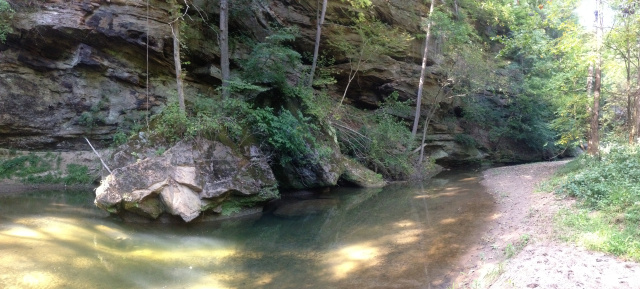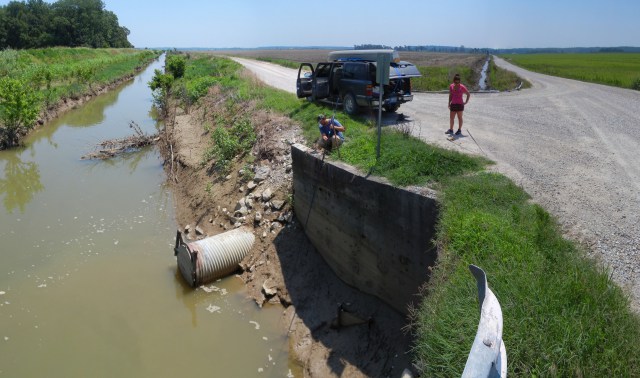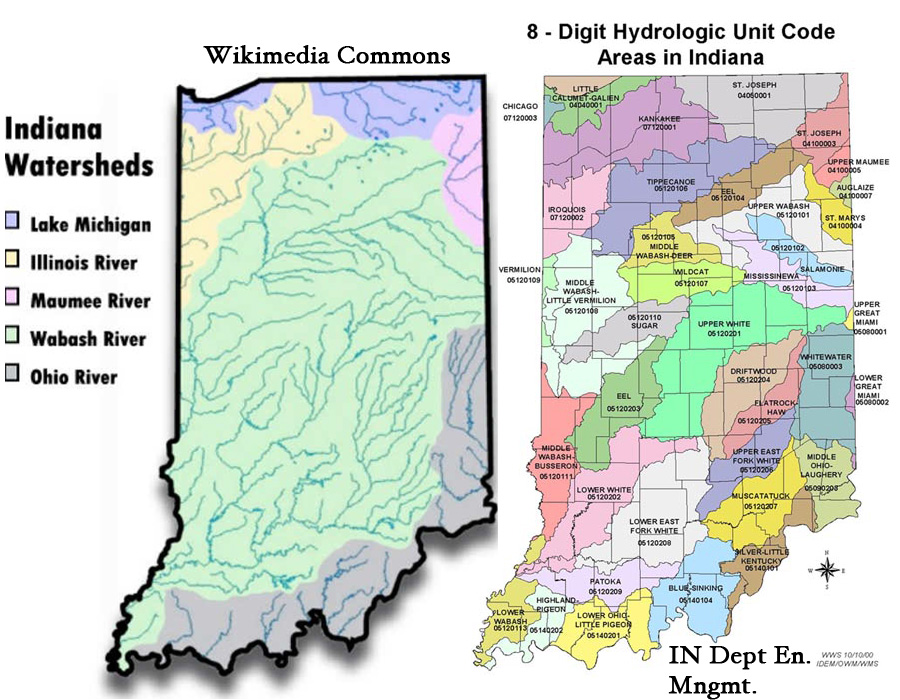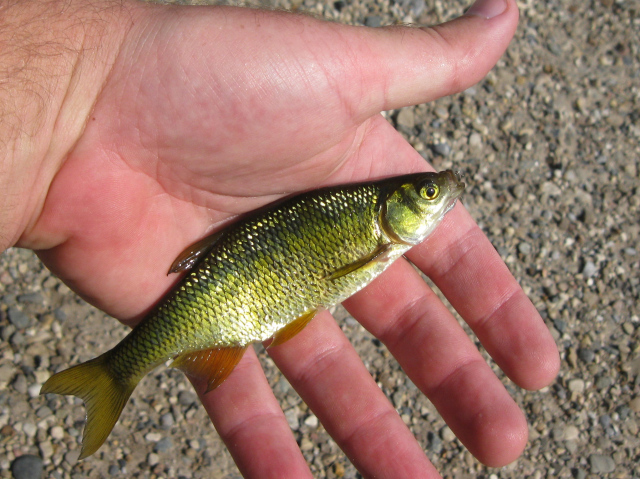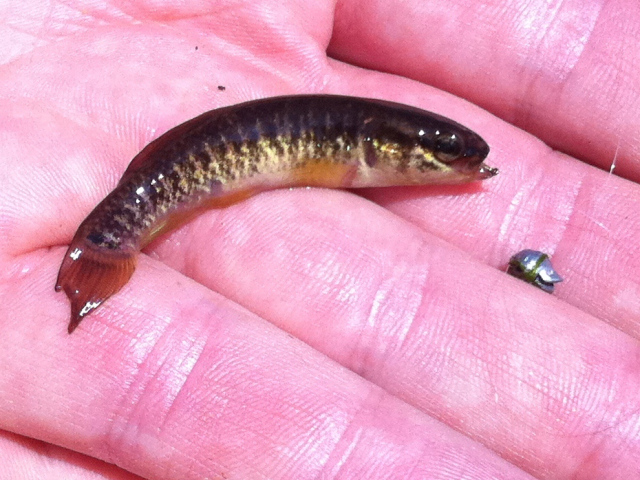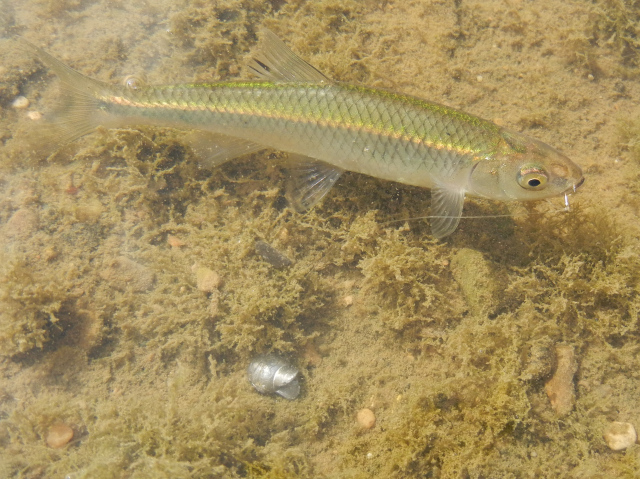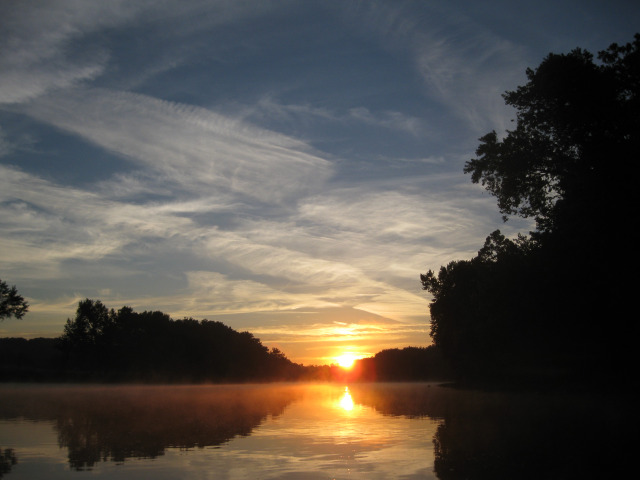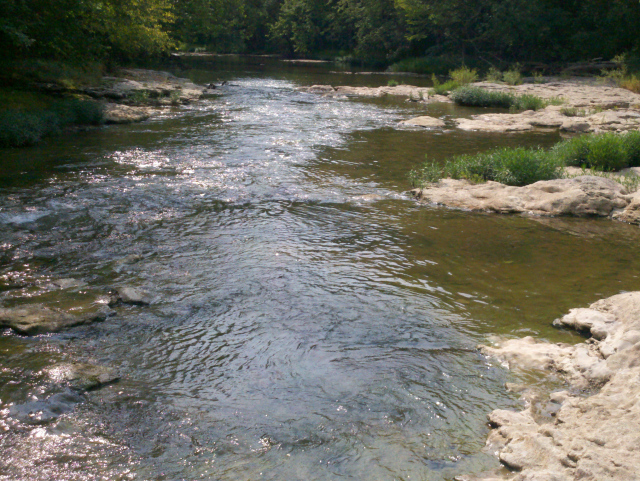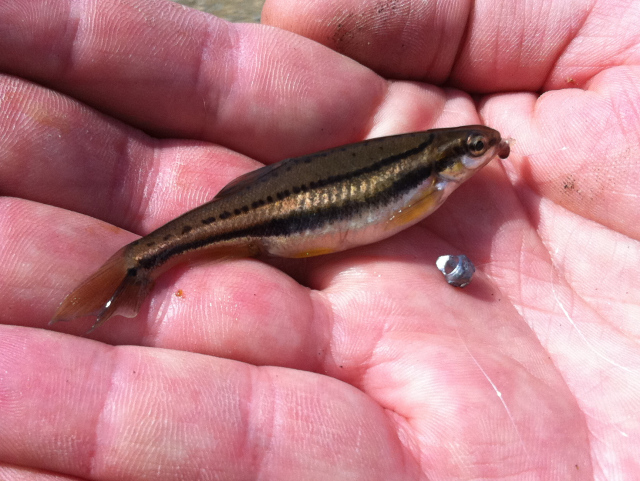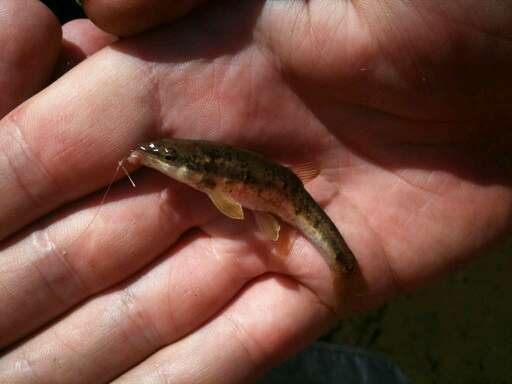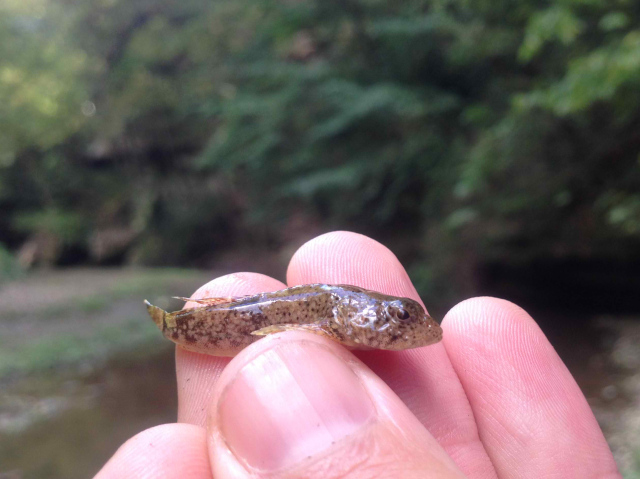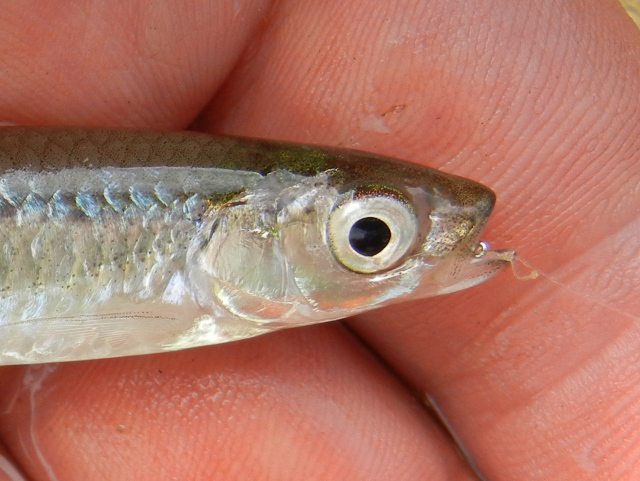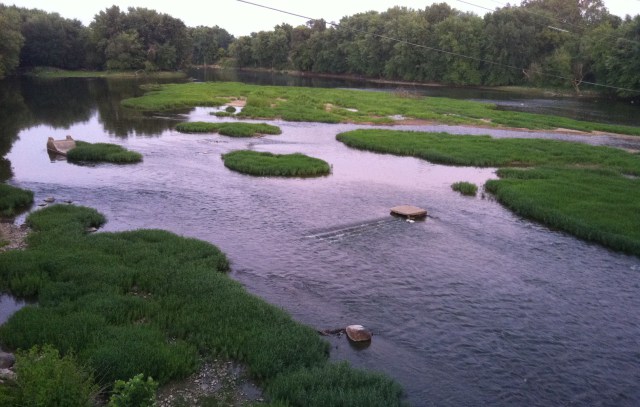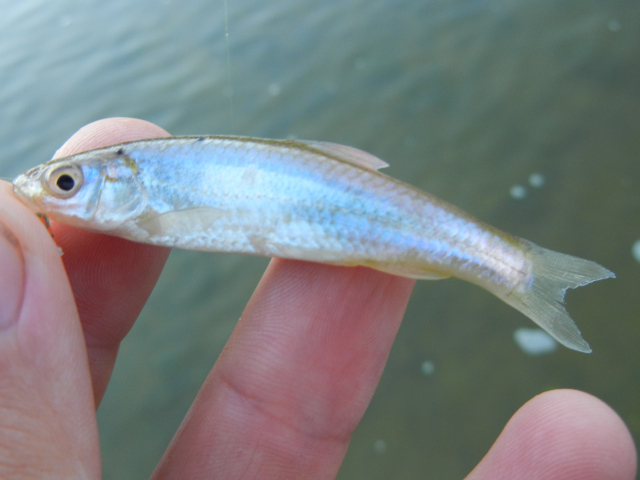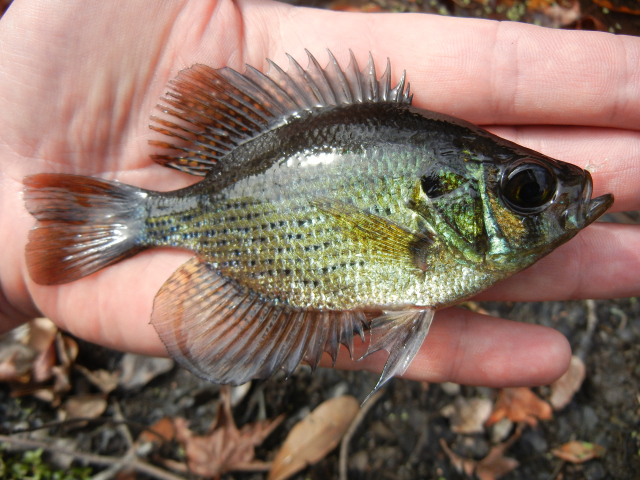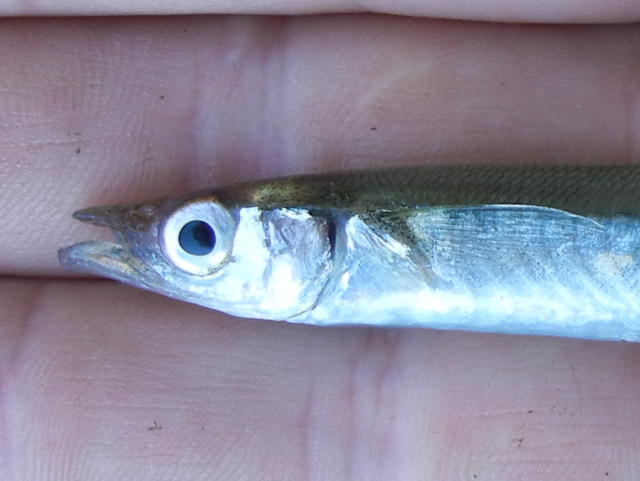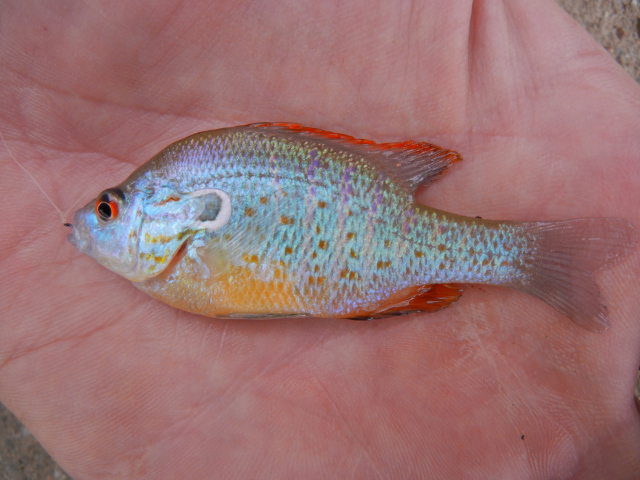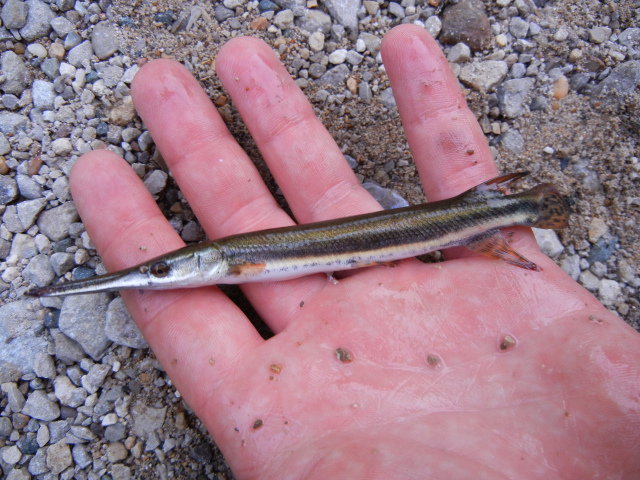Written by Miciah McNelius
Indiana is similar to many other central plain states of the Midwest that feed into the Mississippi River basin; most of the state is flat corn and soy farmland but also has upland habitat in the southern half of the state, similar to Kentucky. Species diversity is extremely high in Indiana because its water drainages are split between the Mississippi River and Great Lakes basins.
Major Rivers flow in all directions from the state, some flow into Lake Michigan and Lake Eerie to the north but the majority of water flows east and south into the Ohio River, with a small area in northwest Indiana flowing into the Illinois River via the Kankakee River.
The above watershed images are from:
- http://en.wikipedia.org/wiki/File:Indiana-Watersheds-map-large.jpg
- http://www.iupui.edu/~g135/g135/14_hydrology/explore02.html
Here are three areas of the state I have had a chance to fish extensively:
Northern Indiana
This part of the state used to be a swampy moraine that today has been dredged and is now almost all farmland. Most of the fishable waters are channelized creeks and ditches that separate farm fields. These slow moving or standing canals feed the Kankakee and St Joseph Rivers, I usually catch and see lots of Grass Pickeral, Green Sunfish, Golden Shiner, Lake Chubsucker, Tadpole Madtom, and Starhead Topminnow.
Fortunately the Mosquitofish has stayed in the southern half of Indiana making this part of the state good habitat for the Starhead Topminnow, since it has trouble competing with the aggressive Mosquitofish.
Where there are flowing rivers or creeks in this part of the state I usually catch some fairly common Midwest species such as Logperch, Bluntnose Minnow, Blackstripe Topminnow, Creek Chub, Common Shiner, Sand Shiner, and lots of Spotfin Shiner.
Spotfin are the dominant minnow in all medium to large rivers in Michigan and the northern Indiana.
Central Wabash Valley
This is by far the best part of Indiana for a micro-fishermen and probably my favorite part of the state. The Wabash River is the longest free flowing river east of the Mississippi. This stretch of the valley is fed by many spring fed, high gradient streams.
Fishing these small creeks, I catch lots of Bluntnose Minnow, Blacknose and Southern Redbelly Dace, Mottled Sculpin, Creek Chub, Striped Shiner, Central Stoneroller, and Rainbow Darters.
In the main river channel and large tributaries like the Eel and Tippecanoe Rivers, I catch Silver Shiner, Sand Shiner, Emerald Shiner, Spotfin Shiner, Spottail Shiner, Striped Shiner, Bluntnose Minnow, Silver Chub, and River Chub.
The Wabash and tributaries here flow over bedrock and clear up quickly after rain and flooding, also they can be very shallow and difficult to Kayak or Canoe.
Southern Ohio River Valley
The Lower Wabash and Ohio River are distinctly different in species makeup than central and northern Indiana. For example, the Sand and Spotfin Shiners are replaced by the Steelcolor Shiner, Mississippi Silvery Minnow and River Shiners as the dominant species on the Wabash River.
The swamps, sloughs, and backwaters along the Wabash and Ohio have some very unique fish species found nowhere else in Indiana such as Flier, Bantam Sunfish, Pygmy Sunfish, Redspotted Sunfish, Cypress Minnow, and Slough Darter.
On the main channel of the Ohio, I’ve caught Brook Silverside, Steelcolor Shiner, and Silverband, Shiner.
Seasonally, the backwaters hold a high density of juvenile fish from the main river. Many predators enter the backwaters to feed on these and forage species such as Mosquitofish and Golden Shiner. My favorite area is around Horseshoe Lake in the southwest tip of Indiana where the Wabash and Ohio come together.
Besides Mosquitofish and Golden Shiner, there are a lot of Pirate Perch, Orangespotted Sunfish, Grass Pickeral, Brook Silverside, and every kind of juvenile game fish and roughfish.
This is a small sampling of the over 200 species of fish you can catch in Indiana.
Identification Resources: Fishes of Indiana by Simon/Tomelleri

